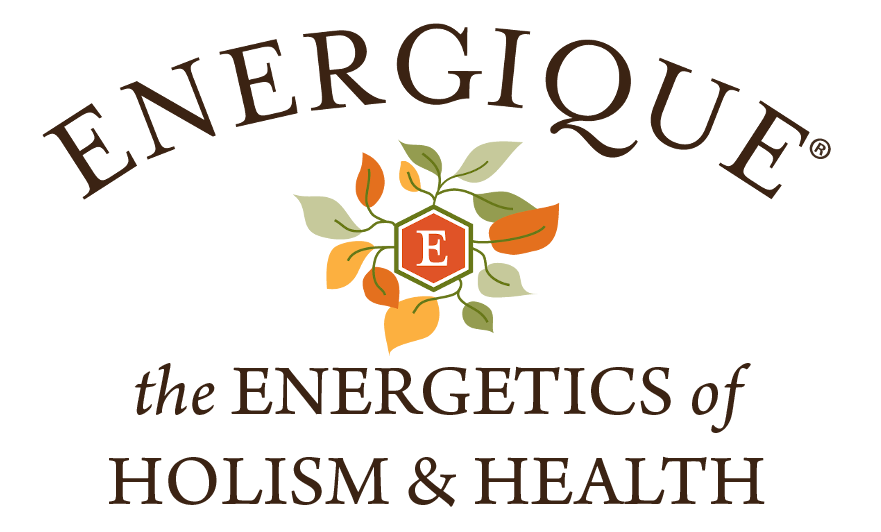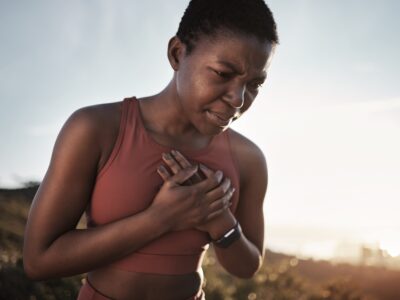Myocarditis, whether viral, bacterial, toxic, autoimmune, or even due to parasites, has the potential to affect anyone, but it has become apparent that athletes seem to be disproportionately affected. Presently, they are literally dropping dead around the world, which is so striking because athletes in general are considered the healthiest members of the population, engaging in regular exercise (unlike so many) and basically taking good care of themselves so their bodies can perform at high levels. Our culture tends to equate fitness and health (even perhaps to an inappropriate extent), so competitive athletes would be considered the pinnacle of wellbeing. So why do the healthiest seem so susceptible to this one disease?
It is well known that exercise favorably affects many chronic health parameters, which may contribute indirectly to better immunity in the long-term, but exercise also seems to have a direct and acute stimulatory effect on the immune system, promoting its function in the short-term. That is, certain aspects of the immune system work better during and immediately after exercise. This seems counter-intuitive, since many functions (such as digestion) are inhibited during exercise, to save energy for the athletic task at hand. In fact, during exercise almost everything becomes less efficient unless it contributes directly to exercise performance itself. So one would think the immune system would be temporarily suppressed during say, a competitive sporting event, or a period of intense training. It is also known that athletes who engage in strenuous training for prolonged periods put themselves at increased risk of illness, due to the effects of chronic training stress suppressing their immune systems. But while overtraining may lower immune function, short term bouts of intense exercise have actually been shown to increase it, through increased activation of neutrophils1, increased deployment of immune cells to peripheral tissues2, an increase in circulating interleukin-63 (a pro-inflammatory cytokine), and even an increased antibody response to vaccination4.
Although elite athletes, who train excessively hoping to push their bodies to the limit of performance, tend to have worse immunity than the general population, for most people beginning an exercise regimen actually has tremendous immune system benefits. Resistance training has even been used as a therapy to improve immune function in elderly5 and obese6 populations. To fully appreciate why exercise so powerfully stimulates the immune system, it is important to remember that the immune system does so much more than simply fight off infection. It also plays an essential role in both exercise recovery and adaptions to training. Anyone who has experienced muscle soreness following an intense bout of exercise is witnessing the function of the immune system first-hand. Exercise actually destroys tissue; it is the adaptive response to exercise that builds it back stronger, and this response is mediated by the immune system. Cytokines trigger inflammation in the muscles to deliver more blood and nutrients, pain is heightened to discourage further damage to the affected part, and white blood cells play a role in clearing the debris of damaged tissue so the muscle can regrow. In a way, exercise is an attenuated form of injury, one which allows the body to become stronger and more resilient over time, and also seems to stimulate immune system function.
Many people would stand to benefit from more immune system function, but it is of course possible to get too much of a good thing, especially if there is an underlying inflammatory process already occurring that, if further stimulated, could easily get out of hand. When it comes to athletes and myocarditis, it must be remembered that damage occurring to the heart muscle results from the body's own inflammatory response. In other words, it is not the virus, bacteria, or toxin that damages the myocardium so much as the resulting inflammation to destroy the offending agent. The stronger this response, the more collateral damage to the inflamed tissue can be expected. Not only do people who exercise regularly have stronger immune systems generally, but acute exercise, whether this occurs during training or a competitive event, further potentiates immune function in the moment. This is believed to be the reason why athletes are more susceptible than the general population to sudden cardiac death following myocarditis7.
Long before the recent surge of sudden cardiac death in athletes, it was already known that this population was more vulnerable to dying of myocarditis. An article published by the American College of Cardiology, in 2018, recommended that athletes diagnosed with myocarditis be monitored no less than 3-6 months after their symptoms resolve, including with a Holter monitor, exercise EKG, and echocardiography, and be prohibited from returning to exercise until no evidence of inflammation remains8. So the recent surge of athletes experiencing sudden cardiac death is likely due to a recent surge in some underlying source of myocardial inflammation.
The main takeaways from this should be one, anyone suspected of an acute inflammatory process should refrain from exercise for a while and two, regular moderate exercise should be considered among the best ways to maintain a strong immune system. In clinical practice, exercise tends to be emphasized mostly for patients with metabolic disease, i.e. to lower blood sugar or to promote weight loss, but rarely considered as a preventative measure for patients with frequent infections or other indicators of poor immunity. The benefits of regular exercise just continue to add up, except of course for those who have recently had myocarditis, which perhaps warrants more concerted efforts to get more patients to exercise.
1Pyne DB. Regulation of neutrophil function during exercise. Sports Med. 1994 Apr;17(4):245-58. doi: 10.2165/00007256-199417040-00005. PMID: 8009138.
2Simpson RJ, Kunz H, Agha N, Graff R. Exercise and the Regulation of Immune Functions. Prog Mol Biol Transl Sci. 2015;135:355-80. doi: 10.1016/bs.pmbts.2015.08.001. Epub 2015 Sep 5. PMID: 26477922.
3Phillips MD, Flynn MG, McFarlin BK, Stewart LK, Timmerman KL. Resistance training at eight-repetition maximum reduces the inflammatory milieu in elderly women. Med Sci Sports Exerc. 2010 Feb;42(2):314-25. doi: 10.1249/MSS.0b013e3181b11ab7. PMID: 19927028.
4Kohut ML, Arntson BA, Lee W, Rozeboom K, Yoon KJ, Cunnick JE, McElhaney J. Moderate exercise improves antibody response to influenza immunization in older adults. Vaccine. 2004 Jun 2;22(17-18):2298-306. doi: 10.1016/j.vaccine.2003.11.023. Erratum in: Vaccine. 2004 Nov 25;23(2):278. PMID: 15149789.
5Phillips et al 2010
6Phillips MD, Patrizi RM, Cheek DJ, Wooten JS, Barbee JJ, Mitchell JB. Resistance training reduces subclinical inflammation in obese, postmenopausal women. Med Sci Sports Exerc. 2012 Nov;44(11):2099-110. doi: 10.1249/MSS.0b013e3182644984. PMID: 22874536.
7Hurwitz B, Issa O. Management and Treatment of Myocarditis in Athletes. Curr Treat Options Cardiovasc Med. 2020;22(12):65. doi: 10.1007/s11936-020-00875-1. Epub 2020 Nov 4. PMID: 33169059; PMCID: PMC7609375.
8Shah, N and Phelan, DMJ. Myocarditis in the Athlete. American College of Cardiology, 31 Jan. 2018. Accessed online 20 Jan. 2023 at https://www.acc.org/latest-in-cardiology/articles/2018/01/18/15/00/myocarditis-in-the-athlete


 Energique – Who We Are
Energique – Who We Are